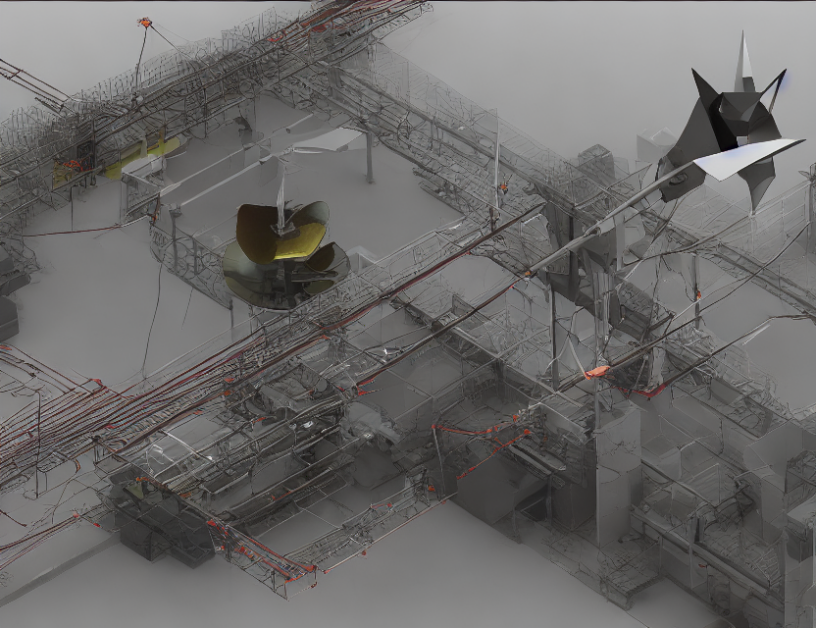In this article, we explore the concept of band-notched antennas and their evolution in the context of fifth-generation (5G) wireless communication technology. Band-notched antennas are essential for 5G applications as they enable the creation of multiple frequency bands simultaneously, improving signal quality and reducing interference.
To understand how band-notched antennas work, let’s break it down into simpler terms. Antennas are responsible for transmitting and receiving radio signals. In 5G technology, multiple frequency bands are used to provide faster data transfer rates and lower latency. However, these frequency bands must be separated from each other to avoid interference. This is where band-notched antennas come into play.
The article explains that the traditional approach to creating band-notched antennas involves adding a series of resonators to the antenna design. These resonators are essentially sections of transmission lines that can be modeled as microstrip, quasi-coaxial, two-wire, or slotline transmission lines. By carefully designing these resonators, it is possible to create transmission zeros between specific frequency bands, effectively notching them out of the signal spectrum.
The article then delves into the evolution of band-notched antennas, specifically focusing on the second-order filtering (Ant-II) proposed in the article. The author explains that Ant-II utilizes a novel approach to create transmission zeros by adding four hairpin resonators symmetrically below the slot along E- and H-planes, which couple magnetically to the slot ends. This design allows for more precise control over the frequency bands notched out of the signal spectrum.
To illustrate how Ant-II works, the author provides a detailed example using circuit modeling. The example shows how the input impedance and reflection coefficients of the proposed antenna are affected by the frequency band notched out of the signal spectrum. The author compares these results to those obtained from the first-order band-notched antenna (Ant-I) and the reference wideband antenna, highlighting the superior performance of Ant-II in terms of insertion loss and isolation.
Throughout the article, the author strives to demystify complex concepts by using everyday language and engaging metaphors or analogies. For instance, the author compares the hairpin resonators in Ant-II to a set of coins placed on top of each other, with each coin representing a resonator. By stacking these coins, the author explains that it is possible to create a multi-coin system that can be used to notch out specific frequency bands from the signal spectrum.
In conclusion, this article provides a detailed overview of band-notched antennas and their evolution in 5G technology. By using simple language and engaging analogies, the author helps readers understand complex concepts related to antenna design and frequency selection. The proposed second-order filtering (Ant-II) offers improved performance compared to traditional first-order filtering, demonstrating the potential of this novel approach for enhancing 5G wireless communication technology.
Electrical Engineering and Systems Science, Systems and Control
Non-Redundant Band-Notched Antenna with Improved Filter Performance



